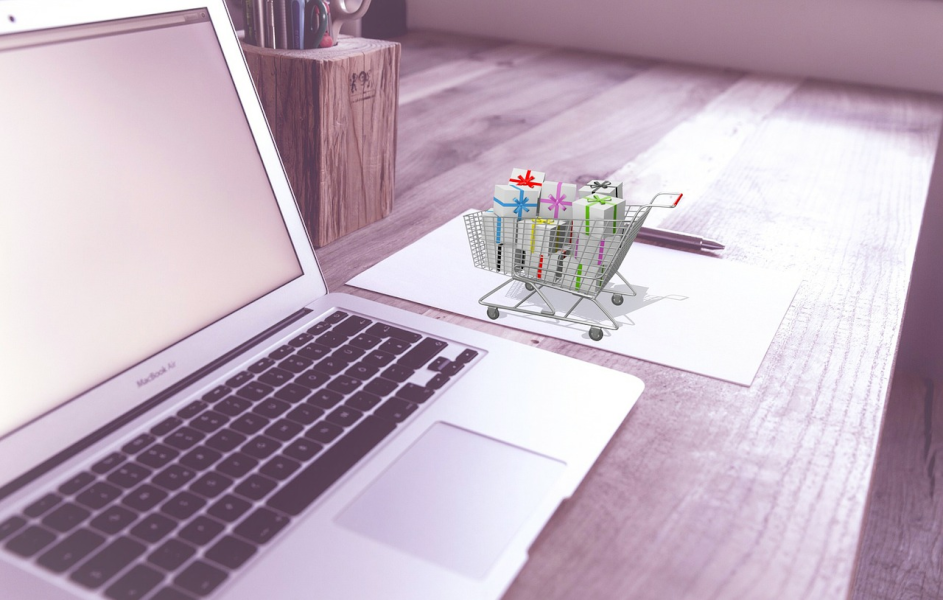business resources
The Future of Retail: 4 Tech Advancements for Better Operations
8 Sept 2022, 2:50 am GMT+1
In 2023, the U.S. retail market generated revenue exceeding 7 trillion U.S. dollars, a staggering amount depicting just how busy the industry is. Today, the retail sector is at the edge of a tech revolution. With digital advancement moving faster, retailers are exploring new methods to boost their work and improve customer satisfaction. The future of retail will see more use of high-level technologies for making processes smoother, cutting down expenses, and delivering customized shopping experiences. These improvements are bound to change the way retailers work, making them better at handling things and reacting to what the market wants.
This article explores the main technological progressions that will alter retail's future, investigating how they could streamline and improve operations and establish a more active shopping experience for customers.

Broadened Integration of Specialized Software
Various specialised iterations of cloud based fashion PLM software are a highly impactful technology in the realm of retail, with fashion leading the way. This revolutionary software streamlines and empowers retailers to oversee every aspect of a product's life cycle, from its genesis to its ultimate purchase. Enhanced collaboration among designers, manufacturers, and sellers is achieved through this advanced tool, guaranteeing a seamless and proficient journey from development to sales.
By using dependable fashion PLM software, retailers can reduce time-to-market, improve product quality, and quickly respond to market changes. Additionally, PLM software improves inventory management, reducing waste and optimizing stock levels.
Artificial Intelligence and Machine Learning
AI and ML are vital for retail innovation. They help merchants quickly study large amounts of data, allowing them to understand consumer habits and choices better. AI and ML aid in making more knowledgeable decisions, providing customized customer encounters, and improving marketing methods - all these elements will shape the future of retail.
AI systems can forecast trends, tailor shopping experiences to individual needs, as well as fine-tune pricing methods. When it comes to retail, AI might be employed in various areas; for example, artificial intelligence can suggest commodities to clients depending on their past shopping history and internet navigation routine. This method makes the activity more tailored and interesting.
Machine learning can assist in bettering the supply chain's efficiency by projecting demand, handling inventory, and trimming costs associated with logistics planning. For retailers, using AI and ML empowers them to make better decisions, leading to designing and executing more focused marketing campaigns. This results in improved customer interaction as well as conversion rates that eventually contribute towards better sales results.
Internet of Things (IoT)
The Internet of Things (IoT) is making a massive shift in the way retail works by connecting devices and systems, allowing retailers to gather and analyze data immediately. With IoT tech, retailers can monitor inventory levels, manage shipments, and confirm product quality. Smart shelves have sensors that can send a notification to the store manager whenever items are getting low on stock. This ensures that popular products stay available all the time.
Additionally, IoT can make the shopping experience better for customers browsing in a physical store, giving them special offers and suggestions that match their store location preferences and likes. Also, IoT devices could help make paying easier by speeding up checkouts; this means less waiting time and happier customers.
Augmented Reality (AR) and Virtual Reality (VR)
Augmented reality (AR) and virtual reality (VR) are changing the way people shop by providing engaging and interactive experiences. With the help of AR technology, people can see items they want to buy in their own homes before they make a purchase. For example, a customer might use this tech to imagine how furniture looks in their living space or try on clothing without having to put it on.
VR designs virtual shops where people can look around and buy things, all without leaving their homes. These modern technologies better customer involvement and client satisfaction by offering a special and easy way to shop. Ultimately, retailers that use AR and VR can easily stand out from their competition.

Conclusion
Many technological advancements are affecting the path of retail today. These technological refinements have the power to improve how well things work and increase customer engagement. The use of special software combined with AI, IoT, AR, and VR is changing how retailers operate as a whole.
Through these new technologies, businesses can keep their competitiveness in the market and respond to changing consumer needs while creating a more skilled and flexible retail environment. The improvement of these technologies will bring about a future where operations are more efficient, customer interactions are enhanced and enterprises thrive in an ever-changing digital landscape.
Share this
Contributor
Staff
The team of expert contributors at Businessabc brings together a diverse range of insights and knowledge from various industries, including 4IR technologies like Artificial Intelligence, Digital Twin, Spatial Computing, Smart Cities, and from various aspects of businesses like policy, governance, cybersecurity, and innovation. Committed to delivering high-quality content, our contributors provide in-depth analysis, thought leadership, and the latest trends to keep our readers informed and ahead of the curve. Whether it's business strategy, technology, or market trends, the Businessabc Contributor team is dedicated to offering valuable perspectives that empower professionals and entrepreneurs alike.
previous
Brexit: No-deal Could End Up Costing Brits An Extra £2.2bn In the Energy Bill
next
Why You Should Consider Putting Your Employees Through Their NVQ Qualifications